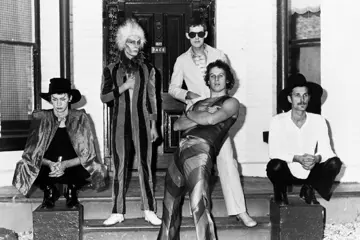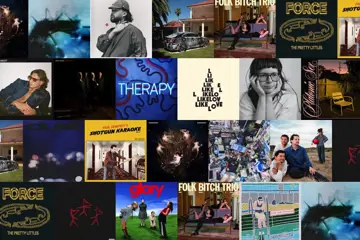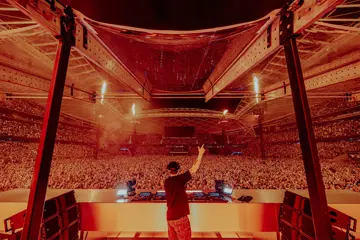Carol Robinson is in fortnight long residence with Decibel at PICA to develop the new work, HEXA II, which will be the first premiere of a Radigue piece in Australia and her first work for an Australian ensemble.
Radigue’s music is renowned for exploring slowly evolving states where musical change is slow, subliminal and almost sacred, responding to the interactions between sound, instrument, musician and the resonance and acoustic of the performance space, transporting the listener into the very heart of the sound.
Robinson describes it as “letting the music have its maximum resonance, that within each note there are many other things that can happen, so you’re having to play the thing that you’re not actually playing and so for that to happen you have to uninvolve yourself in a strange way. Its acceptance, patience, trust and utter concentration, focussing on the things that are being produced but you’re not producing first hand.
“If you know the material, each time, because you can’t control completely those other things, they will be different and you have to allow them to be different, and its part of the reason there is no score. One thing, it's too complicated to notate and on the other hand, if you try to only reproduce things it reduces the possibilities and each acoustic is going to be different. When you combine instruments, the joint frequencies will change slightly and so why eliminate them by trying to only do one thing?”
Don't miss a beat with our FREE daily newsletter
This approach to performance is deeply affecting and evocative for a listener fortunate enough to share its space. It allows you to be in contact with the boundless spectrum of electromagnetic waves, through the ostensibly narrow band of perceivable sound. Eliane Radigue paints the OCCAM OCEAN series as a “work mode based on an individual image illustrated and evoked within each solo. This provides the essential, letting descriptive words and evocations establish a system of communication as the piece is being elaborated, and through this intuitive-instinctive process, we are guided to the very essence of music.”
Robinson explains, “At some point, because everything is given the time it needs to unfold, something starts happening in the room. The longer you keep reintroducing the same sort of vibrations; people receive something. Its not like some very loud music where it vibrates your intestines, shall we say, but some sort of emotional charge comes from the resonance of the instruments and the people in the room.”
“It is almost treating music as if it is sacred, that is very powerful and treating it with total respect.”
Originally published by X-Press Magazine















